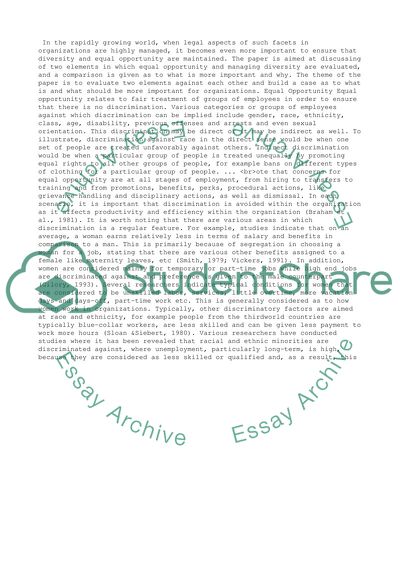Cite this document
(“Equal Opportunities versus Managing Diversity Essay”, n.d.)
Retrieved from https://studentshare.org/business/1395936-theoretical-approaches-equal-opportunities-versus
Retrieved from https://studentshare.org/business/1395936-theoretical-approaches-equal-opportunities-versus
(Equal Opportunities Versus Managing Diversity Essay)
https://studentshare.org/business/1395936-theoretical-approaches-equal-opportunities-versus.
https://studentshare.org/business/1395936-theoretical-approaches-equal-opportunities-versus.
“Equal Opportunities Versus Managing Diversity Essay”, n.d. https://studentshare.org/business/1395936-theoretical-approaches-equal-opportunities-versus.


